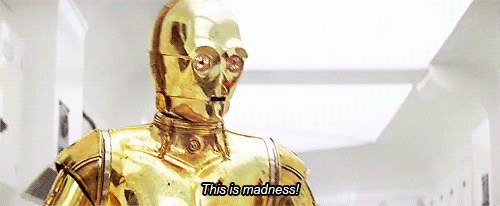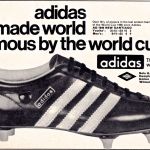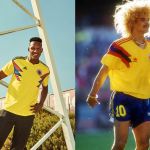
The adidas football's nostalgia
Why the german brand stopped to imagine the future?
January 26th, 2018
“Nostalgia - its delicate, but potent. Teddy told me that in Greek nostalgia literally means “the pain from an old wound.” It’s a twinge in your heart far more powerful than memory alone. This device isn’t a spaceship, it’s a time machine. It goes backwards, and forwards… it takes us to a place where we ache to go again. (Mad Men S01 E13)
Someone at the adidas headquarter must have watched that Mad Men's episode or - probably - someone from the marketing department must have noticed the number of photos on Instagram and Facebook of Zidane and Beckham with t-shirts a bit 'too large and really '90s. For the next World Cup in Russia the German brand has presented all the national teams qualified a few months ago, and with the exception of Japan, are all inspired by the old uniforms of Italia 90 and USA 94, considering the golden age of football uniforms.
In addition, the German brand has prepared - but not yet officially presented - a series of mash-up shirts that mix some of the most iconic uniforms from the history of the national teams. The result is questionable, but the fact that it points to the heart of the nostalgic is definitely beyond any doubt.
Adidas Original celebrates @Argentina's last major title, 1993 Copa America with a mash-up version jersey that features the classic Trefoil logo. The expected retail price is 65 Euro. [via Footy Headlines] pic.twitter.com/wFlyq9akr5
— Sivan John (@SivanJohn_) 15 gennaio 2018
adidas is impleting the same strategy for clubs as well. Last week a new series of retro shirts were leaked online for the most important clubs sponsored by adidas: Juventus, Manchester United, Real Madrid and Bayen Monaco. The design of this series draws in a deeper past - the '50s and' 60s - and fits perfectly into the nostalgic discourse that the brand is carrying out.
This Manchester United retro jersey is a thing of sheer beaut... pic.twitter.com/5iftKq5JXW
— NewsAddUp (@newsaddup) 24 gennaio 2018
The power of Nostalgia
Nowadays, Nostalgia rather than a feeling is just a very effective marketing technique: In 2017, there have been 34 TV spin-offs of old franchises, including new versions of Dynasty, Twin Peaks, and Heathers. Even the new series like Stranger Things take deep inspirations from the 80s. Of the top 10 grossing movies of 2016, only two were new properties. The others drew from films dating back to 1894, 1938, 1959, 1977, 1991, 1997, and 2003. In video games, Nintendo has long profited from players wanting to revisit its 1990s heyday: Pokemon and Zelda empires have both experienced recent renaissances. Marketers know that reminding us of positive memories also makes us buy more stuff. Experiments show that advertisements that induce more nostalgia makes viewers like the ad more, which makes them like the brand more, and therefore increases their likelihood to buy that product.

Football makes no exception, recently there has been a progressive nostalgic wave. It originated from ultras world, which rejected "modern football", referring to a mythicized past where values existed in the football world and everything was somehow better than today, a typical mechanism at the base of nostalgia and memories. The ultras aesthetic canon has always been vaguely rebuilt in the '80s and' 90s, and with the normalization of the ultras subculture, gradually this trend has entered the mainstream. The 90s shirts were more stylish, players were classier and cooler and the games were more spectacular. Despite the nostalgic philosophy is very inconsistent (the football of the '80s and' 90s seems more ethical than today?), it is a closed and very fascinating universe that has attracted the attention of the big brands. Many small fashion brands have surfed the nostalgic hype by taking up the only salable object: the football shirt. However, the trend seemed to be limited to a niche market, in which at the most they could enter small fishes such as Umbro or Le Coq Sportif, instead adidas has decided to enter a tense leg on the nostalgic market aiming a lot. The reason? adidas - unlike Nike - has designed many of the historical and iconic jerseys of the '80s and' 90s (just think about Argentina, Germany or Colombia) and those designs represented a resource not exploited by the German brand, which today decided to capitalize.
Creativity in the Nostalgia Era
From a creative perspective, adidas' choice seems to be conservative, and it could underline a lack of vision and ideas. In fact, their most innovative products are still very far from Nike's, both from a technological and aesthetic point of view. The adidas' new generation boots (nemeziz and Ace) weren't a success, even the new Predators despite the nostalgic nuance, do not seem to be achieving the desired results. However, it is fair to consider the fact that a giant like adidas in the year of the World Cup cannot go wrong: they are playing safe launching a product that is confident that will have a good response from the market, instead of risking with new technologies and designs. As we said before it is a speech of capitalization of an asset that the company owns and that the competitors do not have.



















